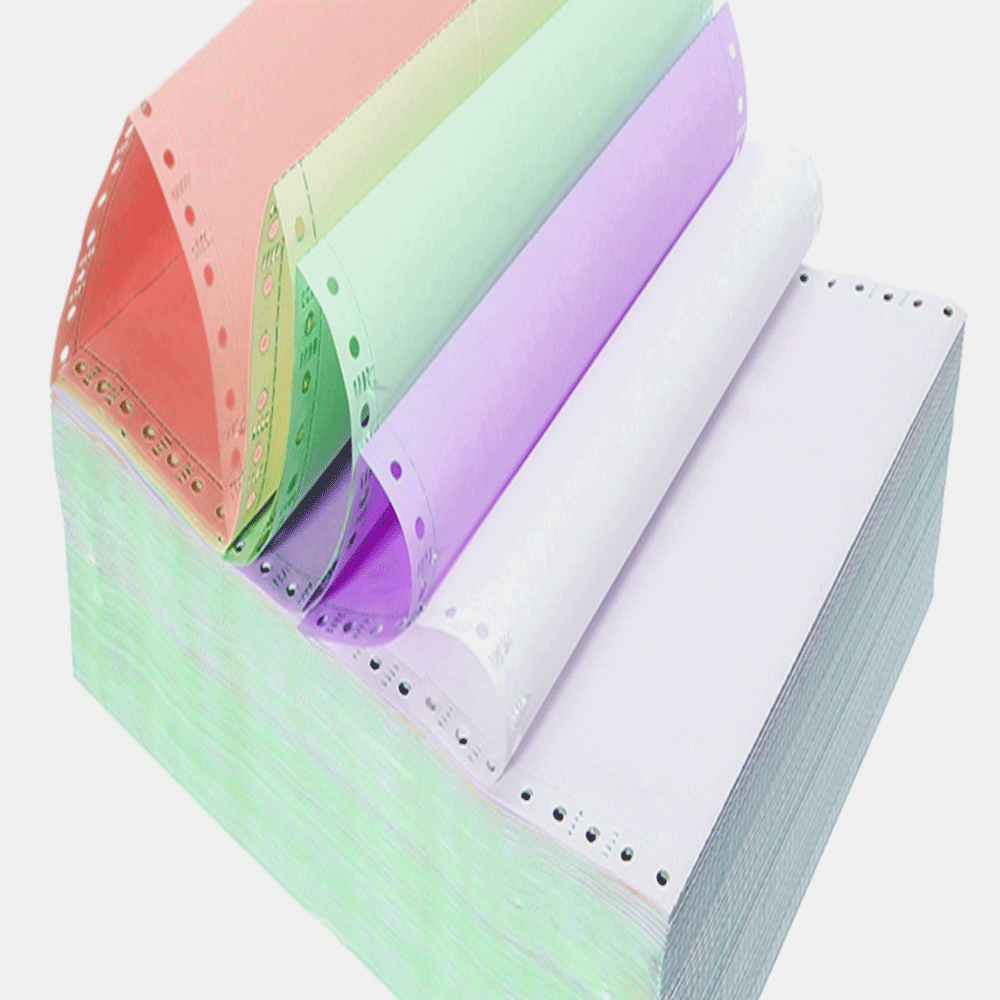Understanding Audit Working Papers: A Deep Dive

Imagine building a skyscraper. You wouldn't just start stacking bricks, would you? You'd need blueprints, calculations, and a whole lot of planning. Similarly, in the world of auditing, audit working papers are the essential building blocks that support the auditor's opinion. They're the blueprints, the calculations, the evidence that justifies the conclusions reached about a company's financial statements.
So, what exactly *are* audit working papers (or "kertas kerja pemeriksaan" in Indonesian)? They are the records of the procedures performed, the evidence obtained, and the conclusions reached during an audit. Think of them as the auditor's diary, meticulously documenting every step of their journey through a company's financial records. They're not just for the auditor's personal use; they serve as a crucial communication tool between the audit team, regulators, and even future auditors.
The importance of these documents can't be overstated. They form the backbone of the audit process, providing a clear trail of the auditor's work. They're crucial for quality control, allowing supervisors to review the audit's thoroughness and accuracy. Furthermore, they serve as evidence in case of legal disputes or regulatory inquiries, demonstrating that the audit was conducted in accordance with professional standards. Essentially, they're the audit's safety net.
Understanding the different types of audit documentation is also key. These can range from narratives describing audit procedures to complex spreadsheets analyzing financial data. Some common types include audit programs (the plan of attack), confirmations from third parties (like banks), and copies of key company documents. Each type serves a specific purpose in building a complete picture of the company's financial health.
Now, let's delve deeper into the history and development of audit working papers. While the formalization of these documents is relatively recent, the core concept of documenting audit procedures has existed for centuries. As accounting practices evolved, so too did the need for more structured and comprehensive documentation. Today, with the increasing complexity of financial reporting and the rise of technology, audit working papers have become even more critical, often incorporating data analytics and other advanced tools.
Effective audit documentation practices offer several key benefits. First, they enhance audit quality by ensuring a consistent and thorough approach. Second, they improve efficiency by providing a clear roadmap for the audit team. Finally, they facilitate communication and knowledge sharing among team members, promoting a collaborative and effective audit environment.
Creating a practical action plan for managing audit documentation is essential. This involves establishing clear documentation standards, providing training to audit staff, and implementing quality control procedures. Successful examples include the use of standardized templates and checklists to ensure consistency and completeness.
Advantages and Disadvantages of Structured Audit Working Papers
| Advantages | Disadvantages |
|---|---|
| Enhanced Audit Quality | Time Consuming to Create Initially |
| Improved Efficiency | Potential for Over-Reliance on Templates |
| Better Communication | Can be Costly to Implement Software Solutions |
Best practices for audit working papers include clear indexing, cross-referencing, and concise documentation of procedures and findings. Regularly reviewing and updating documentation standards is also essential.
Real examples of audit documentation include bank confirmations, inventory count sheets, and analytical review procedures.
Challenges related to audit documentation might include maintaining confidentiality, ensuring data integrity, and adapting to evolving technology. Solutions include secure storage systems, data validation procedures, and ongoing training for audit staff.
Frequently Asked Questions:
1. What is the purpose of audit working papers? (To document the audit process and support the auditor's opinion.)
2. Who can access audit working papers? (Generally, only authorized individuals within the audit firm and regulatory bodies.)
3. How long should audit working papers be retained? (For a period specified by professional standards and legal requirements.)
4. What are some common types of working papers? (Audit programs, confirmations, analytical review schedules, and client representation letters.)
5. How can technology improve audit documentation? (Through automated workflows, data analytics, and secure storage solutions.)
6. What are the risks of inadequate audit documentation? (Increased risk of audit errors, legal liability, and regulatory sanctions.)
7. What are some best practices for documenting audit procedures? (Clear and concise descriptions, proper referencing, and adherence to documentation standards.)
8. How can audit firms ensure the quality of their working papers? (Through regular reviews, quality control procedures, and ongoing training.)
Tips and tricks for effective documentation include using standardized templates, clear indexing systems, and regular review processes.
In conclusion, audit working papers, or "kertas kerja pemeriksaan," are the bedrock of a sound audit. They provide the evidence that supports the auditor's conclusions, contribute to audit quality, and serve as a crucial communication tool. Understanding the different types of working papers, implementing best practices for documentation, and addressing the challenges associated with managing these documents are essential for any successful audit. Embracing technology and continuous improvement in documentation practices will further enhance the effectiveness and efficiency of the audit process. By prioritizing robust audit documentation, organizations can strengthen their financial reporting, build trust with stakeholders, and contribute to a more transparent and accountable business environment. Make sure your "blueprints" are in order, and you'll be building a strong foundation for financial integrity.
Elevate your entertainment the ultimate guide to soundbar tv mounting brackets
Josh johnson comedian exploring his relationships
The ultimate guide to water pump impeller materials













